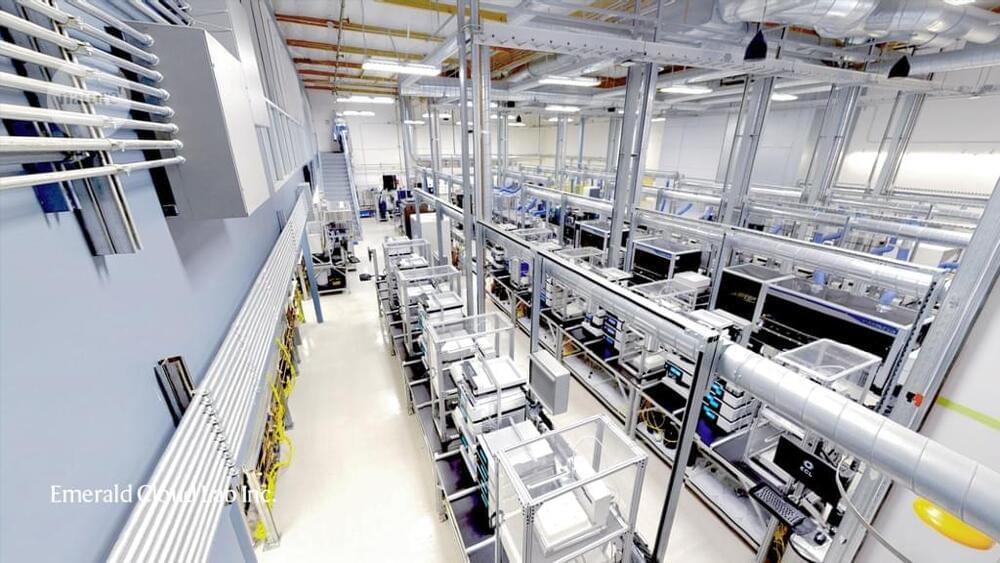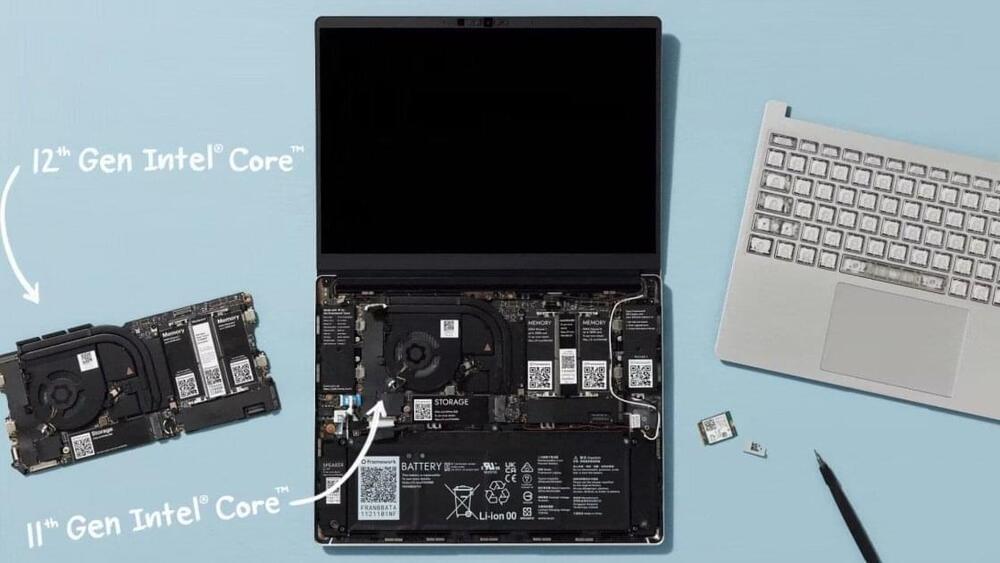3D printing can deliver massive savings in time taken to build the house exteriors, shaving off weeks from the process.
Get the latest international news and world events from around the world.

Collapsing a leading theory for the quantum origin of consciousness
The origin of consciousness is one of the greatest mysteries of science. One proposed solution, first suggested by Nobel Laureate and Oxford mathematician Roger Penrose and anesthesiologist Stuart Hammeroff, at Arizona State University, in Tucson, attributes consciousness to quantum computations in the brain. This in turn hinges on the notion that gravity could play a role in how quantum effects disappear, or “collapse.” But a series of experiments in a lab deep under the Gran Sasso mountains, in Italy, has failed to find evidence in support of a gravity-related quantum collapse model, undermining the feasibility of this explanation for consciousness. The result is reported in the journal Physics of Life Reviews.
“How consciousness arises in the brain is a huge puzzle,” says Catalina Curceanu, a member of the physics think tank, the Foundational Questions Institute, FQXi, and the lead physicist on the experiments at INFN in Frascati, Italy. “There are many competing ideas, but very few can be experimentally tested.”
Quantum physics famously tells us that cats can be alive and dead at the same time, at least in theory. Yet in practice we never see felines locked in such an unfortunate limbo state. One popular explanation for why not is because the “wavefunction” of a system–its quantum character allowing it to be in two contradictory states simultaneously–is more likely to “collapse” or be destroyed if it is more massive, leaving it in one defined state, either dead or alive, say, but not both at the same time. This model of collapse, related to gravity acting on heavy objects like cats, was invoked by Penrose and Hammeroff when developing their model of consciousness, ‘Orch OR theory’ (the Orchestrated Objective Reduction theory), in the 1990s.
Live Reaction: FAA Releases Outcome of Starship Environmental Assessment
Starship launches finally approved by FAA!
The FAA is expected to release the result of the Starbase environmental assessment for orbital Starship launches at 2 pm Eastern, per Joey Roulette. We will provide live analysis and reaction to the outcome.

Apple’s AR glasses reportedly coming late 2024 along with second-gen VR headset
There’s a lot going on when it comes to Apple’s rumored mixed reality headset, which is expected to combine both AR and VR technologies into a single device. However, at the same time, the company has also been working on new AR glasses. According to Haitong Intl Tech Research analyst Jeff Pu, Apple’s AR glasses will be announced in late 2024.
In a note seen by 9to5Mac, Pu mentions that Luxshare will remain as one of Apple’s main suppliers for devices to come between late 2022 and 2024. Among all devices, the analyst highlights products such as Apple Watch Series 8, iPhone 14, and Apple’s AR/VR headset. But more than that, Pu believes that Apple plans to introduce new AR glasses in the second half of 2024.
At this point, details about Apple’s AR glasses are unknown. What we do know so far is that, unlike Apple’s AR/VR headset, the new AR glasses will be highly dependent on the iPhone due to design limitations. Analyst Ming-Chi Kuo said in 2019 that the rumored “Apple Glasses” will act more like a display for the iPhone, similar to the first generation Apple Watch.


All-attosecond pump-probe spectroscopy
An international team of researchers from the Max Born Institute in Berlin, University College London and ELI-ALPS in Szeged, Hungary, has demonstrated attosecond-pump attosecond-probe spectroscopy to study non-linear multi-photon ionization of atoms. The obtained results provide insights into one of the most fundamental processes in non-linear optics.
The detailed experimental and theoretical results have been published in Optica (“Attosecond investigation of extreme-ultraviolet multi-photon multi-electron ionization”).
Fig. 1: Two intense attosecond pulse trains (white) interact with an atom, resulting in the emission of three electrons (yellow). During this process four photons (blue) are absorbed. The probability of this process can be controlled by varying the temporal and the spatial overlap between the two attosecond pulses. (Image: Balázs Major)


What AI developers need to know about artificial intelligence ethics
There may be some very compelling tools and platforms that promise fair and balanced AI, but tools and platforms alone won’t deliver ethical AI solutions, says Reid Blackman, who provides avenues to overcome thorny AI ethics issues in his upcoming book, Ethical Machines: Your Concise Guide to Totally Unbiased, Transparent and Respectful AI (Harvard Business Review Press). He provides ethics advice to developers working with AI because, in his own words, “tools are efficiently and effectively wielded when their users are equipped with the requisite knowledge, concepts, and training.” To that end, Blackman provides some of the insights development and IT teams need to have to deliver ethical AI.
Don’t worry about dredging up your Philosophy 101 class notes
Considering prevailing ethical and moral theories and applying them to AI work “is a terrible way to build ethically sound AI,” Blackman says. Instead, work collaboratively with teams on practical approaches. “What matters for the case at hand is what [your team members] think is an ethical risk that needs to be mitigated and then you can get to work collaboratively identifying and executing on risk-mitigation strategies.”

